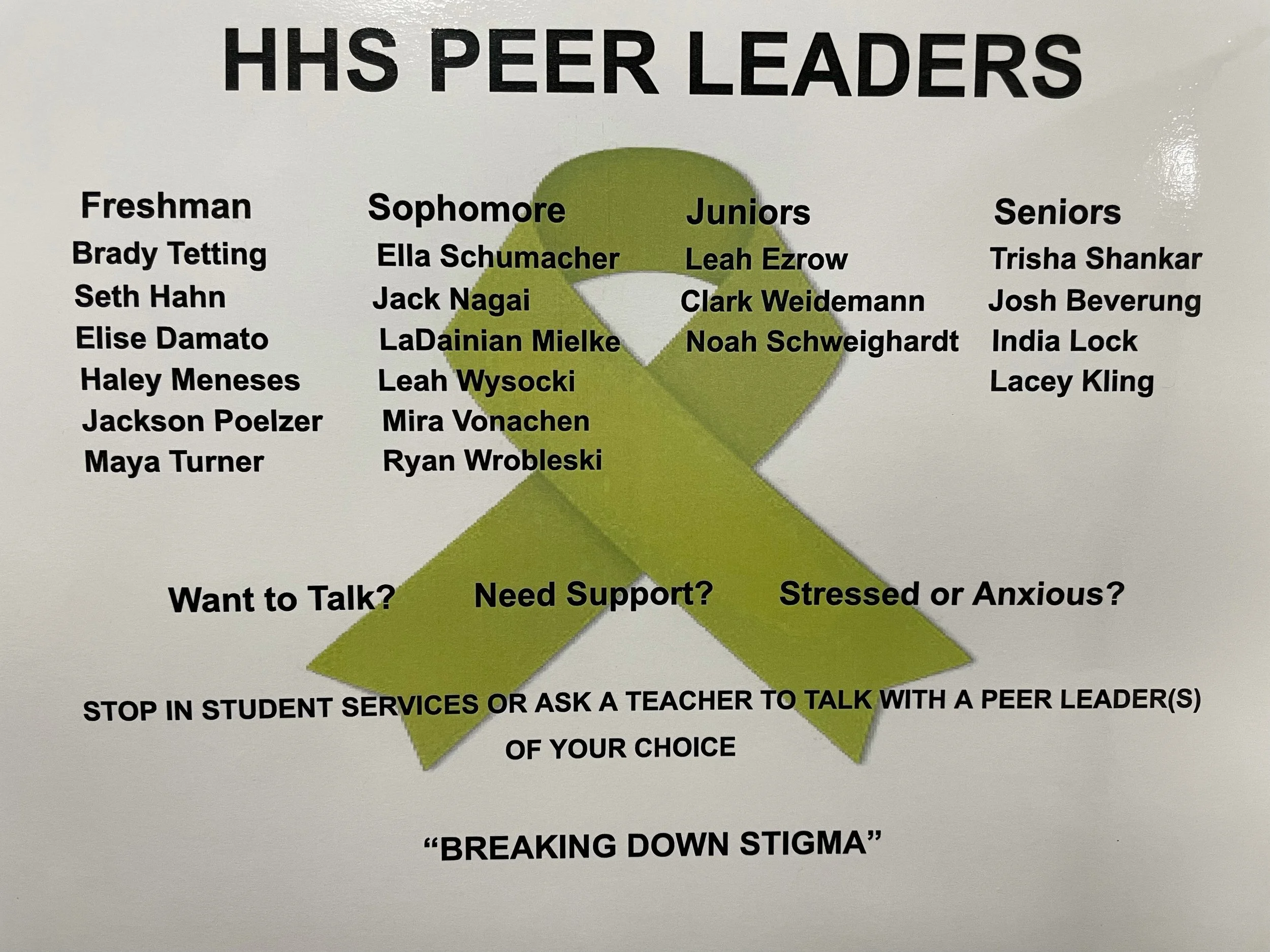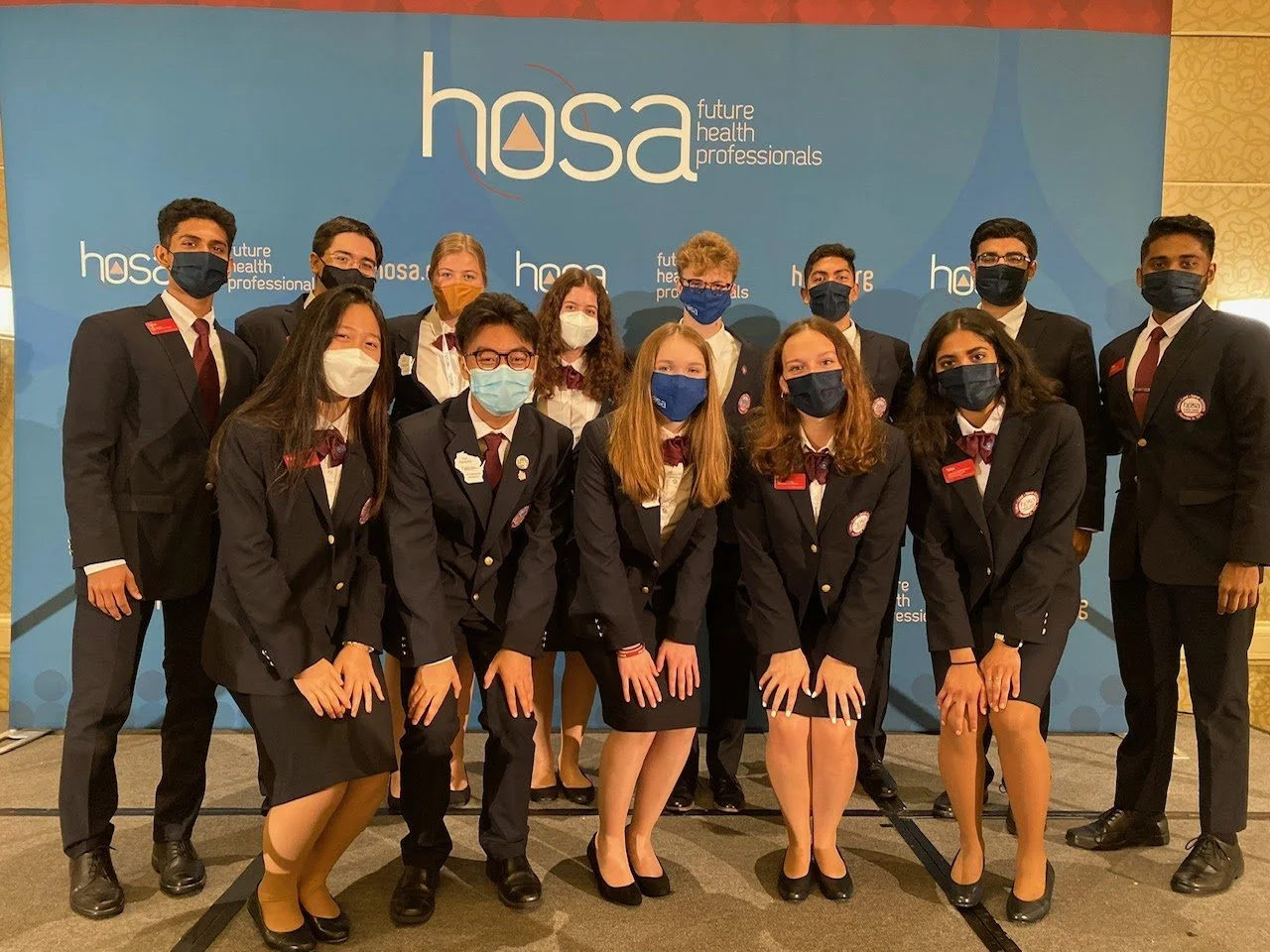Mental Health: Does it Matter?
Photo from NPR
Ella Packer
In a world with so much chaos and struggle, we must empathize with one another.
Up to one in five kids living in the U.S. show signs or symptoms of a mental health disorder in a given year (CDC). However, 80 percent of those kids struggling will not get assistance. Why is that? Some may think that the kids who need help are just choosing not to get it. However, the problem is there is such a negative connotation associated with mental health/illness that people feel like they can’t reach out.
So why does it matter?
According to the National Alliance on Mental Health, “untreated or inadequately treated mental illness can lead to high rates of school dropout, unemployment, substance use, arrest, incarceration, and early death.”
Many mental health conditions first appear in youth and young adults, with 50% of all conditions beginning by age 14 and 75% by age 24. Being able to identify these illnesses early on, can play a big role in your future.
The problem with society itself is that we as a whole have a lot of trouble acknowledging the struggle others may go through. I’ve been attending school for approximately 12 years now, and some of the things I have seen said to others and done to others who are needing help mentally are just extremely revolting. You would think that these kids who are saying and doing these things would acknowledge the pain that could be caused by their actions. But maybe the reason they aren’t acknowledging what they are doing is because they are suffering from some of the same problems and don’t realize it.
Nationwide, an estimated 7.7 million children ages 6 to 17 have at least one mental health disorder or about 16.5 percent of school-age kids.
At Hamilton High School in Sussex, our school offers individual counseling (not therapy) to provide support, group counseling, advisement information on mental health, and an assigned counselor for each student who can help them through difficult times and help connect them to outside resources. Students who aren’t comfortable reaching out to an adult can also reach out to one of the peer leaders. Each grade has a group of peer leaders who are there to also help out and provide support, knowing many kids may be nervous or scared to talk to someone much older. The only problem with this is many students aren’t aware of some of these options because they aren’t fully addressed to the school as a whole.
Sign hanging in Hamilton High School classrooms showing the HHS Peer Leaders.
In schools, we need to have a better outreach system; we should have a class or a day of the week that is strictly devoted to assuring that everyone has the support they need and normalizing mental health struggles. Because it isn’t talked about enough.
It is important that kids who want help or need help can receive it. Being in school for many is a struggle, especially in today’s age. School should be a place where you feel comfortable in not only yourself but your abilities to succeed in your classes. So if you are able, reach out, talk to someone because believe me, you aren’t in this alone.
National Suicide Prevention Lifeline (800) 273-8255
Crisis Text Line Text HOME to 741741
Substance Abuse and Mental Health Services Administration National Helpline (800) 662-4357
Sources:
https://www.cdc.gov/childrensmentalhealth/data.html
https://mhanational.org/issues/2021/mental-health-america-prevalence-data
Photo Credit: http://apps.npr.org/mental-health/







